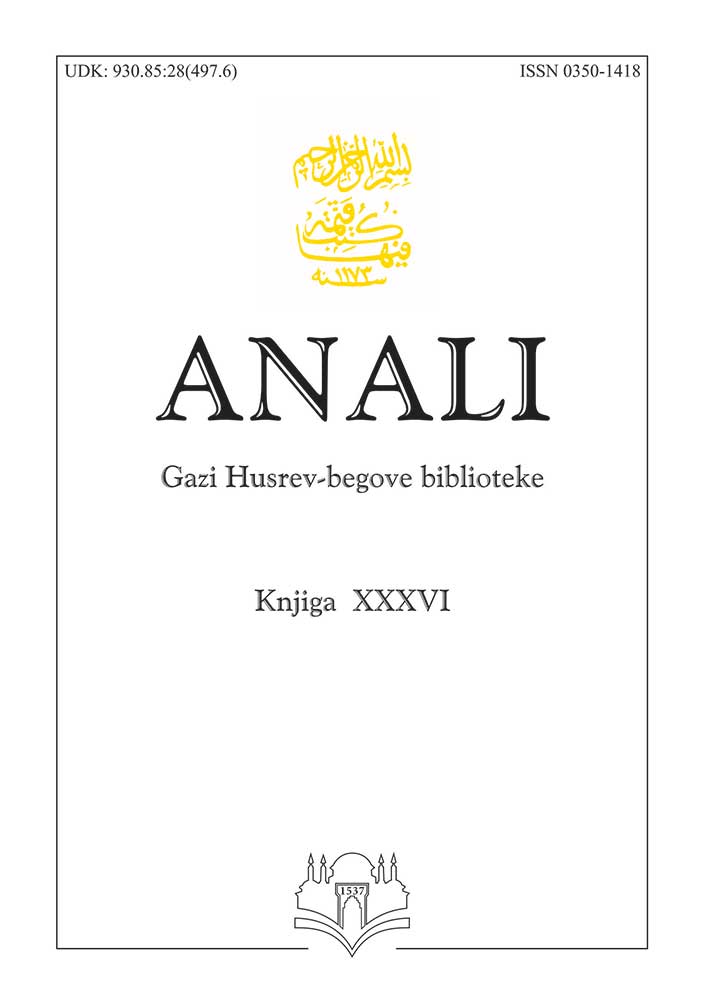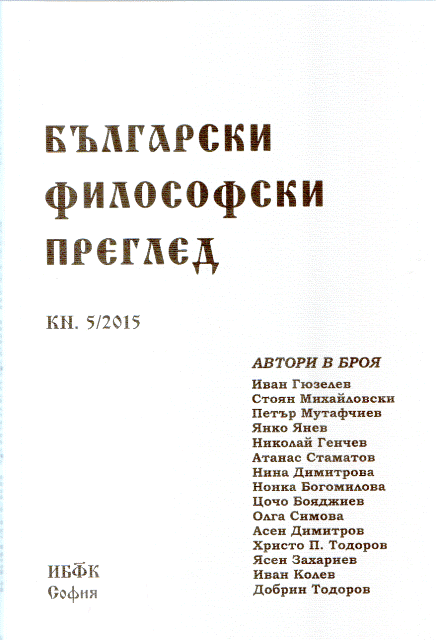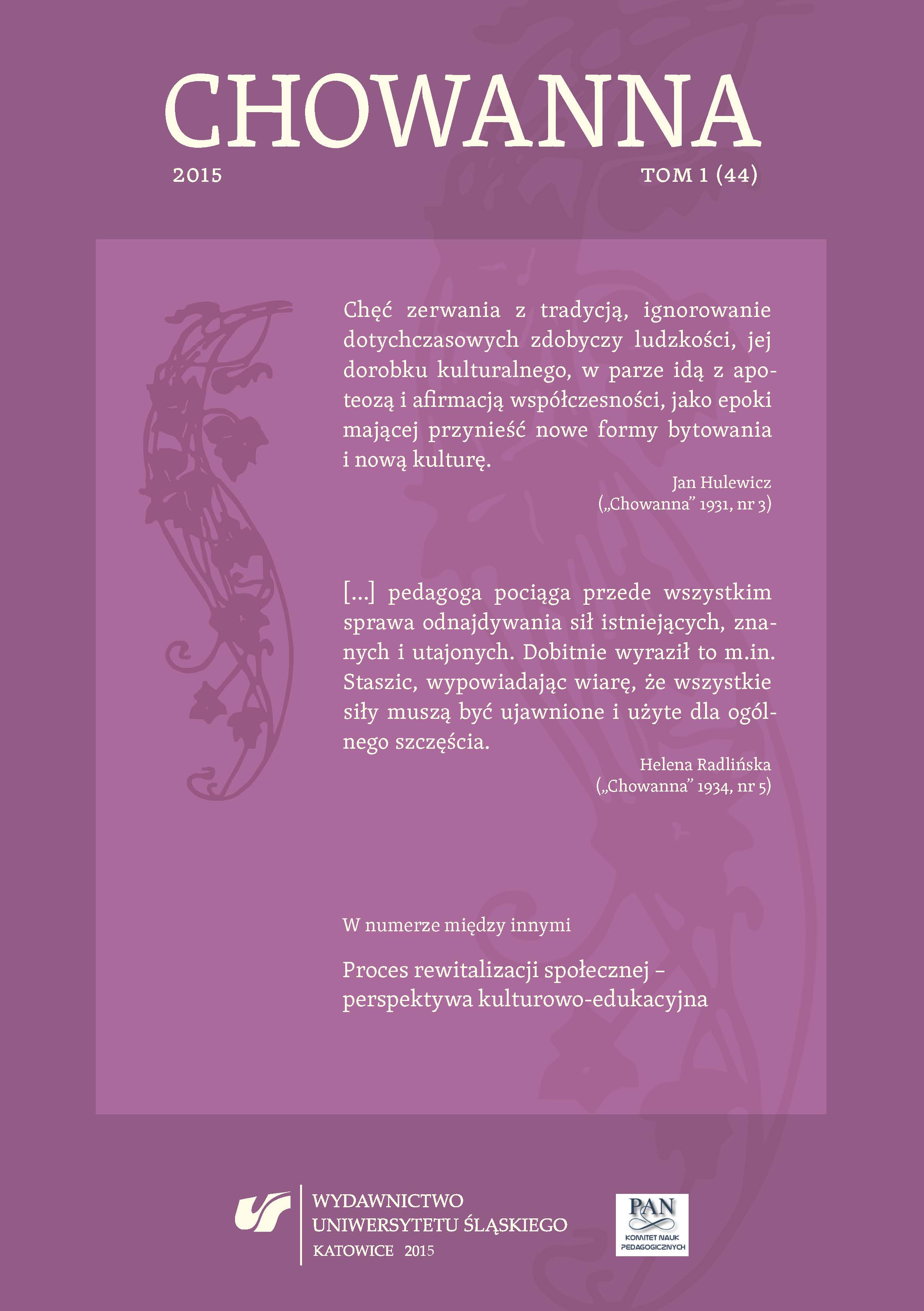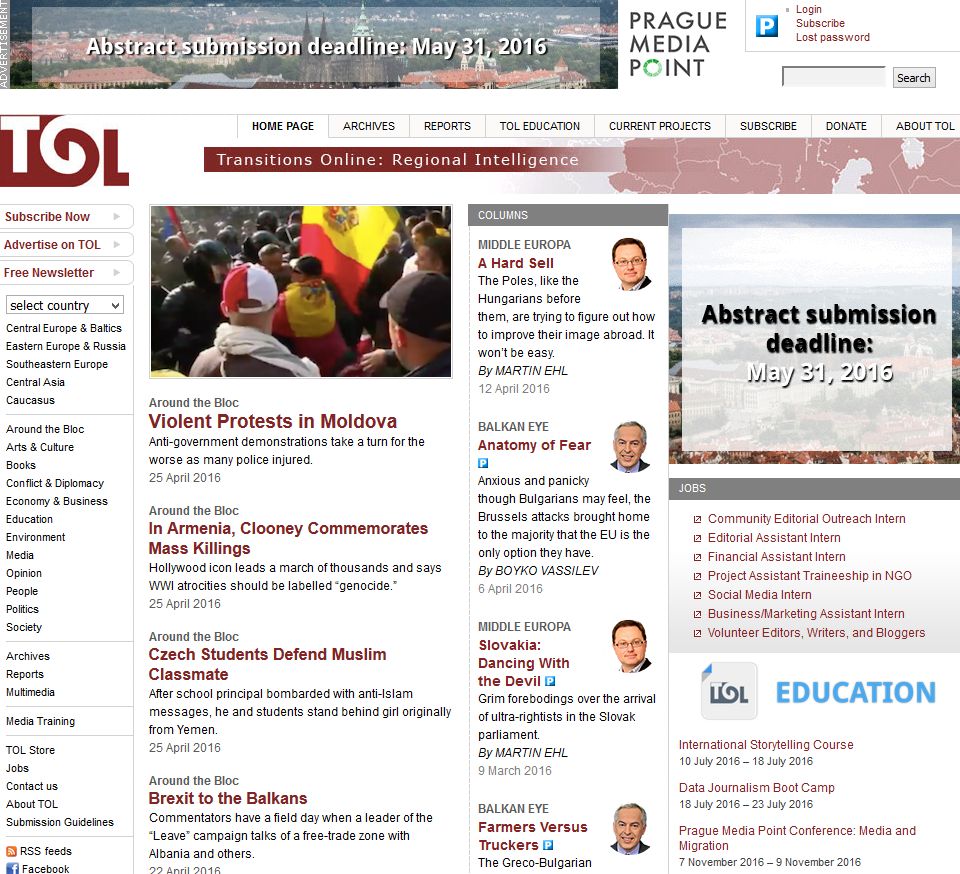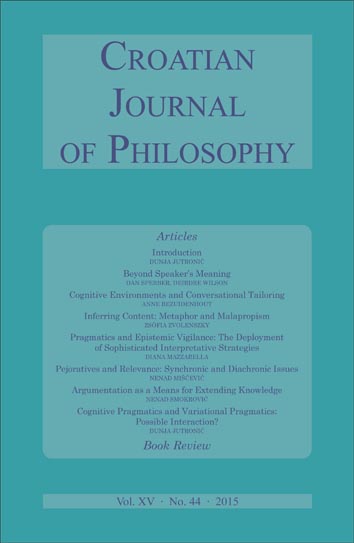
Pejoratives and Relevance: Synchronic and Diachronic Issues
Pejoratives and Relevance: Synchronic and Diachronic Issues
Keywords: Pejoratives; relevance; irony; metaphor; semantics; pragmatics
The paper considers a possible relevantist treatment, in the spirit of Wilson and Sperber’s work, of pejoratives and argues for three claims concerning them. On the level of synchronic issues it suggests that the negative content of pejoratives, at least in its minimal scope, is the normal part of their lexical meaning, and not a result of extra-semantic enrichment. It thus suggests an evaluative-content approach for the relevantist, in contrast to its neutral-content alternative. On the more general side, it suggests that the relevance theorist owes us a clear story about what kind of material is normally encoded. Concerning the issues of diachronic behavior of pejoratives, the paper suggests primarily the application of relevantist theory of irony, and secondarily some links with theory of metaphor. A relevantist theory of echoic use, and proposed for irony, can be used to understand the appropriation of pejoratives by their original target group, and the reversal of valence that goes with it. There is an interesting parallel between the echoing-cum-reversal processes Wilson and Sperber propose for irony and the repeating-and-reversing process typicall of appropriation of pejoratives. Finally, a brief application of the relevantist understanding of metaphor is proposed as a tool for understanding the genealogy of pejoratives of fi gurative origin. The dynamics, history and development of pejoratives has not been systematically addressed by philosophical theories of pejoratives: a collaboration with relevance theory might prove a useful strategy.
More...
